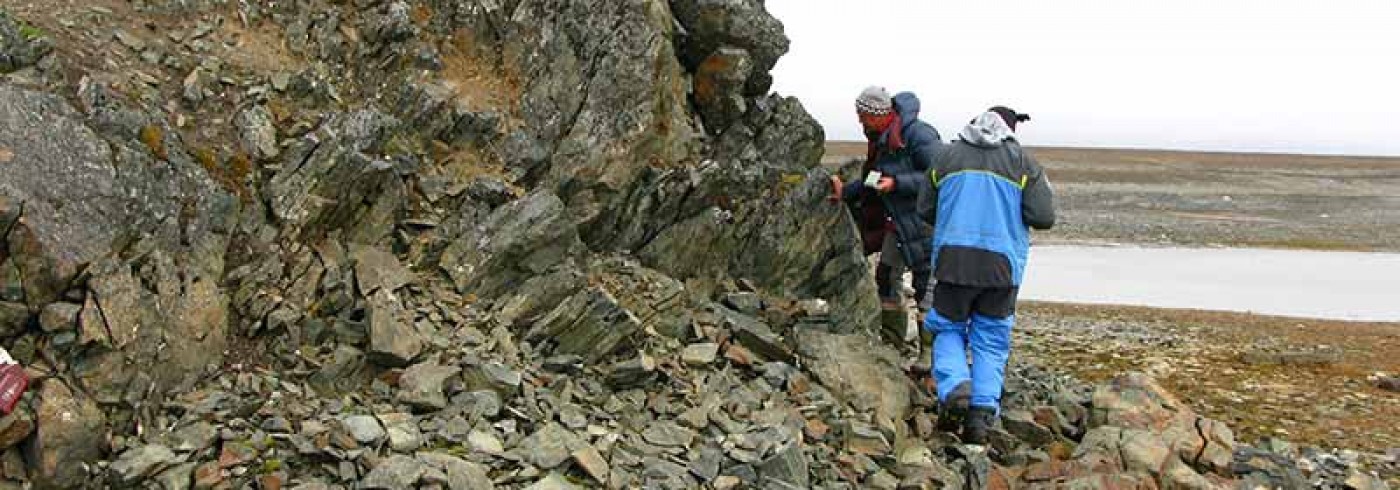The researchers traveled onboard the S/Y Eltanin from Longyearbyen to southern Nordenskiöld Land, where the fieldwork was conducted from a tent encampment. The so-called Torellian Unconformity was studied for two weeks. The unconformity is a boundary between rock types deformed during late-Neoproterozoic mountain range formation and the younger overlying rock types. This boundary can be traced for hundreds of kilometres from southern to central Spitsbergen.
The Neoproterozoic (1,000–542 million years ago) development of the crystalline bedrock in the modern Arctic is controversial, but it is also crucial to our understanding of how the Arctic regions and their natural resources developed during later orogeneses (mountain range formation processes) and of how continental divisions have taken place – even right up to the present day.
Traces of old mountain ranges are found many places in the Arctic. In the NOA project, researchers searched for indications of how these regions fit together, so that we can gain knowledge of the conformation and extent of the old mountain ranges. This is something of a geographical puzzle.
Svalbard is located in the northwest corner of the Eurasian continental shelf, and is a key region for interpreting the course and evolution of the major Neoproterozoic mountain ranges that run along and across the young Arctic basin.
Principal investigators
Jaroslaw Majka och Henning Lorenz
Department of Earth Sciences, Uppsala University







